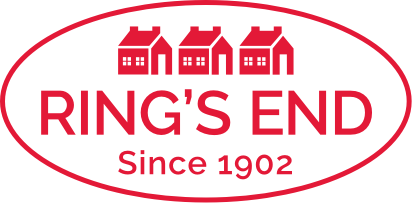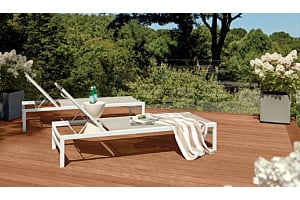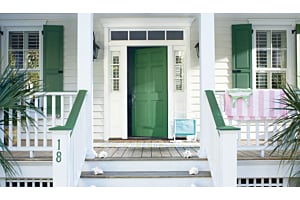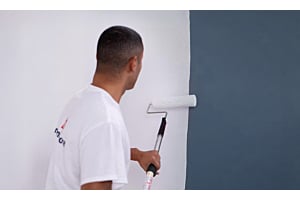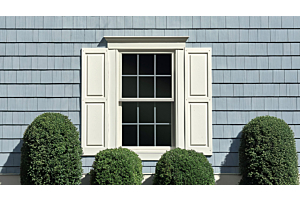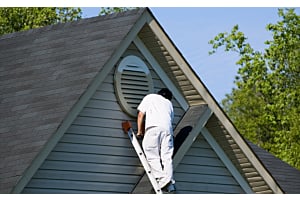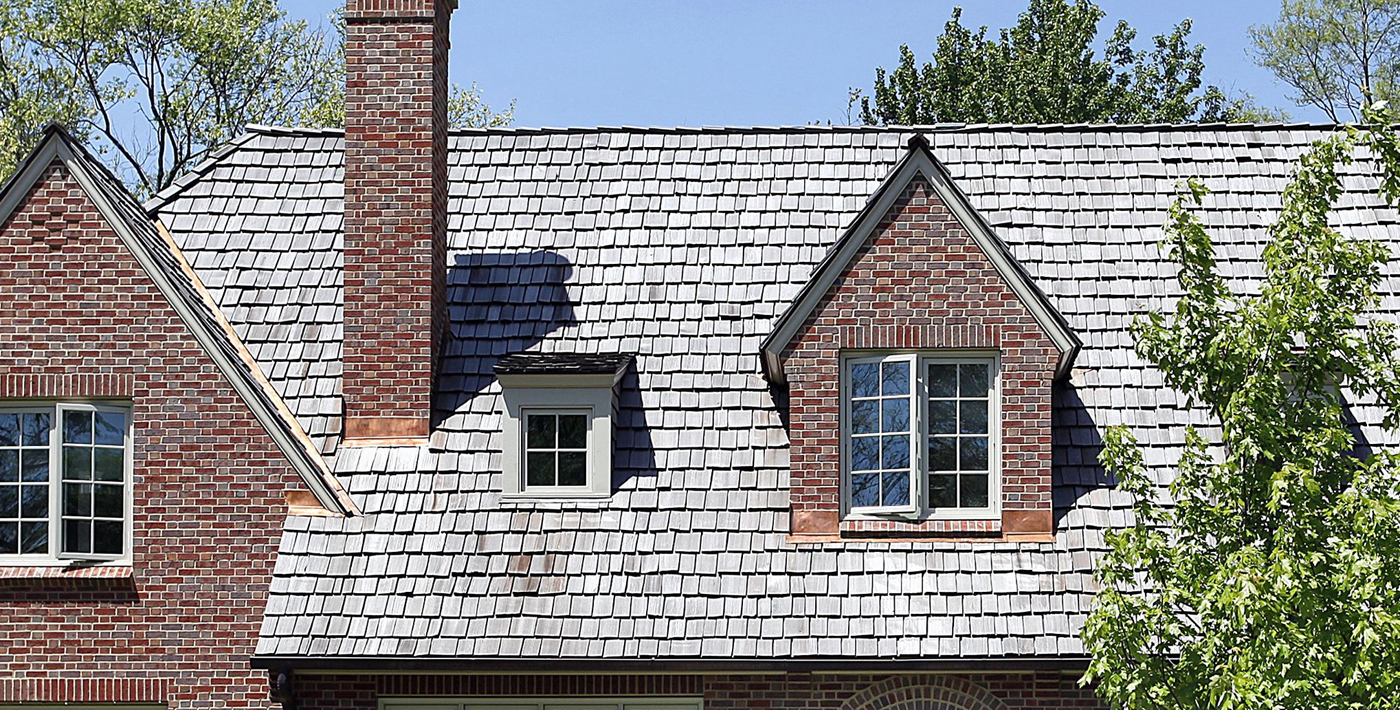
Types of Roofing
Architectural Shingles
Premium Shingles

Now the most popular type of roofing shingle, dimensional shingles – also called architectural laminated shingles – are dual- or multi-layered products. They are heavier and more durable than strip shingles and give a thicker, more visually interesting look to the roofline.
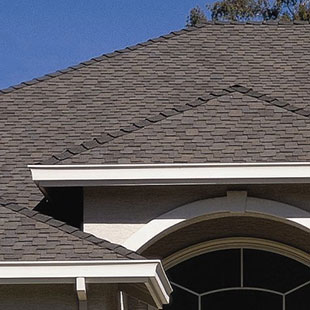
Premium shingles differ from dimensional shingles in two ways. First, they have innovative designs and textures, such as those mimicking natural slate or shakes. Second, their technological improvements, such as solar reflectivity and impact resistance, can increase durability and energy efficiency.
Cedar Shingles
Strip Shingles
Panels
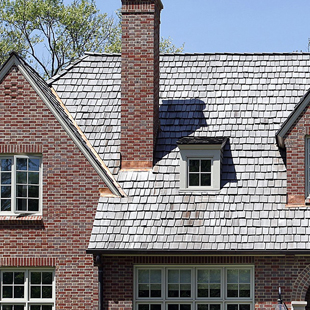
They are not only beautiful, but when installed properly, they are extremely wind resistant and have twice the insulating value of standard asphalt shingles. For best performance, cedar roofs should be kept free of moss, fungus, and tree debris; overhanging tree branches should be high enough above the roof to provide good air circulation.
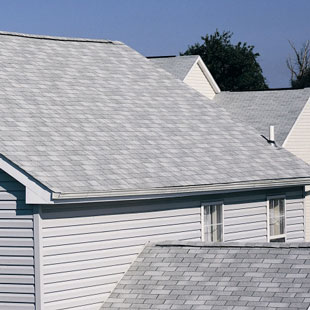
The most basic type of residential shingle, strip shingles are single layered and relatively light weight; they give a roof line a very flat appearance. Once the most popular type of shingle, they are now used mainly for economy-priced homes and for replacement shingles.
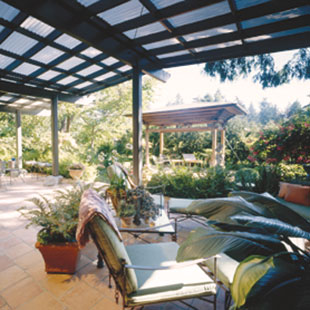
Ring’s End carries light-weight fiberglass Sequentia Roof Panels in both translucent green or white and in clear. They make an excellent material for a porch, patio, or a utility building roof. Ring’s End also carries the special nails needed to install these panels.
Types of Roof Prep & Finishing Products
Cedar Breather
Roofing Felt
Synthetic Roofing Underlayment



Ice & Water Membrane
Self-Adhering Roofing Membrane
Gutters & Flashing
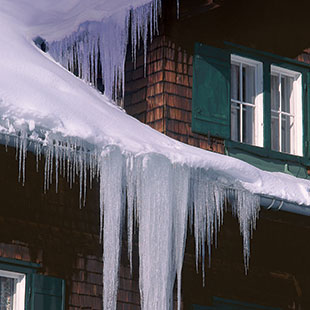
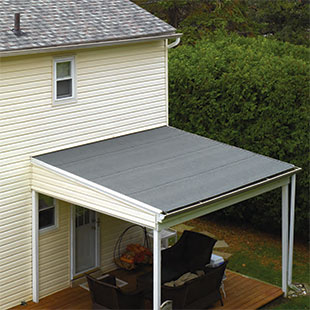
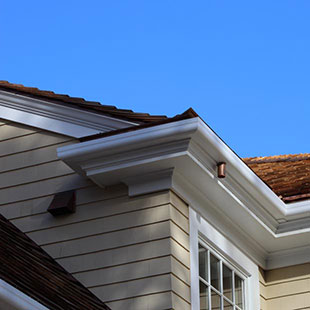
Materials
Asphalt
Cedar
Fiberglass
Copper
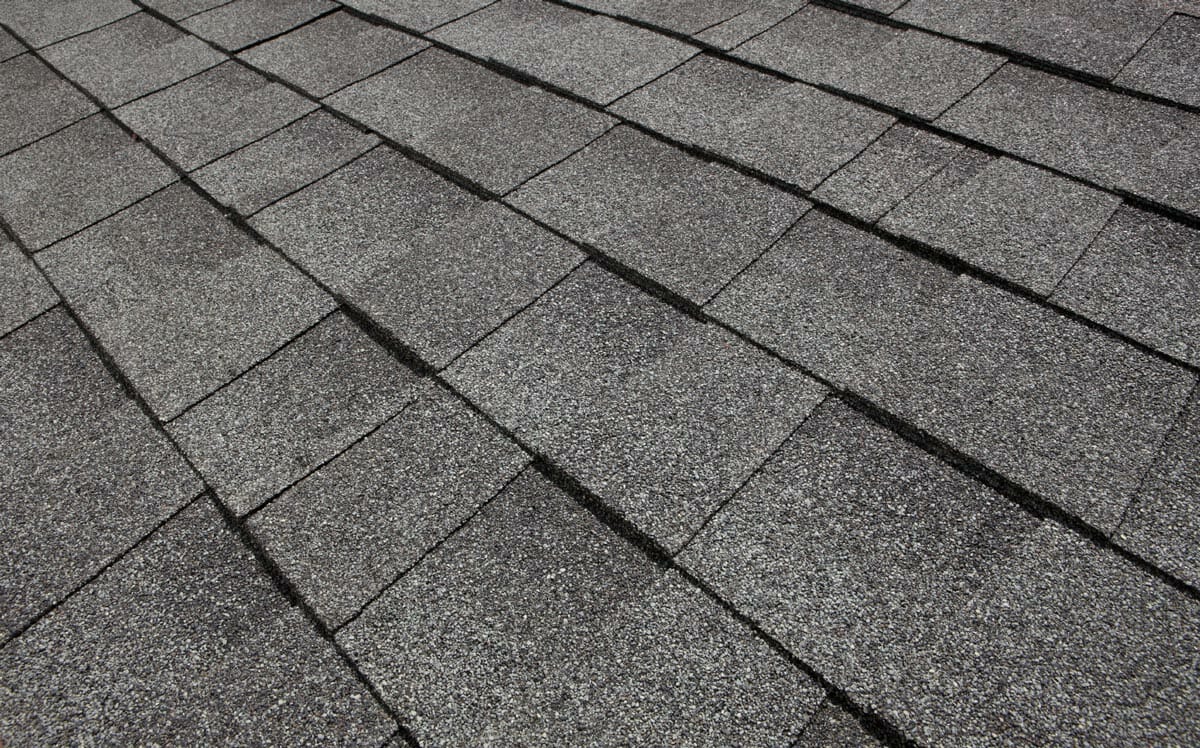
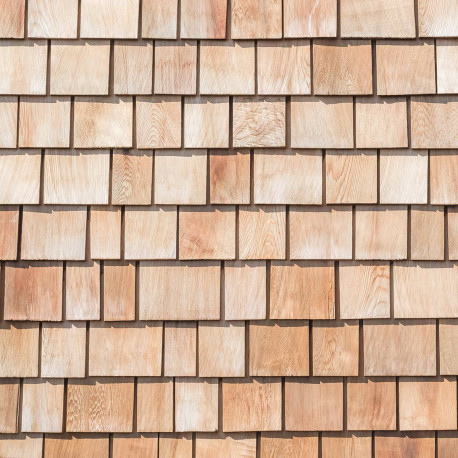
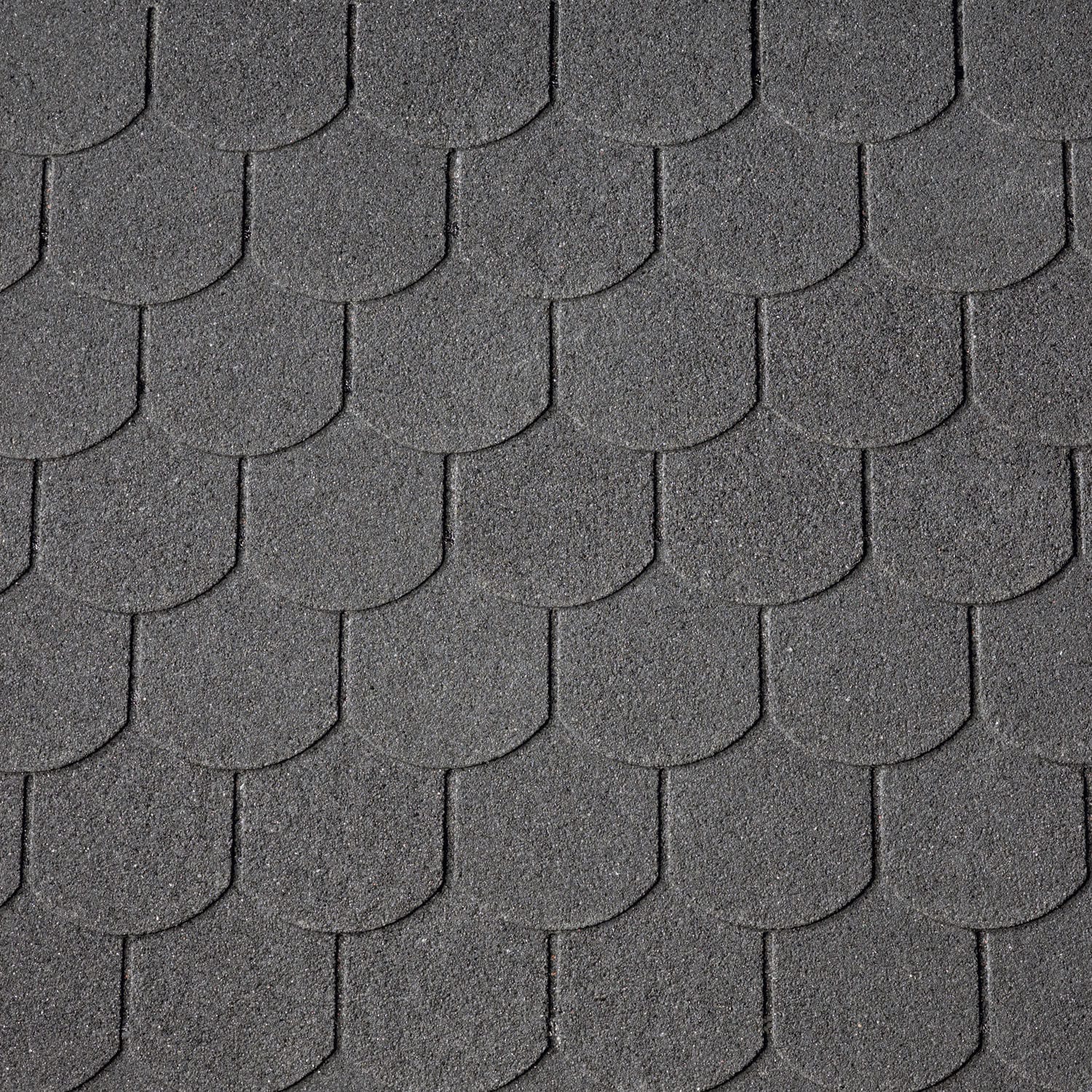
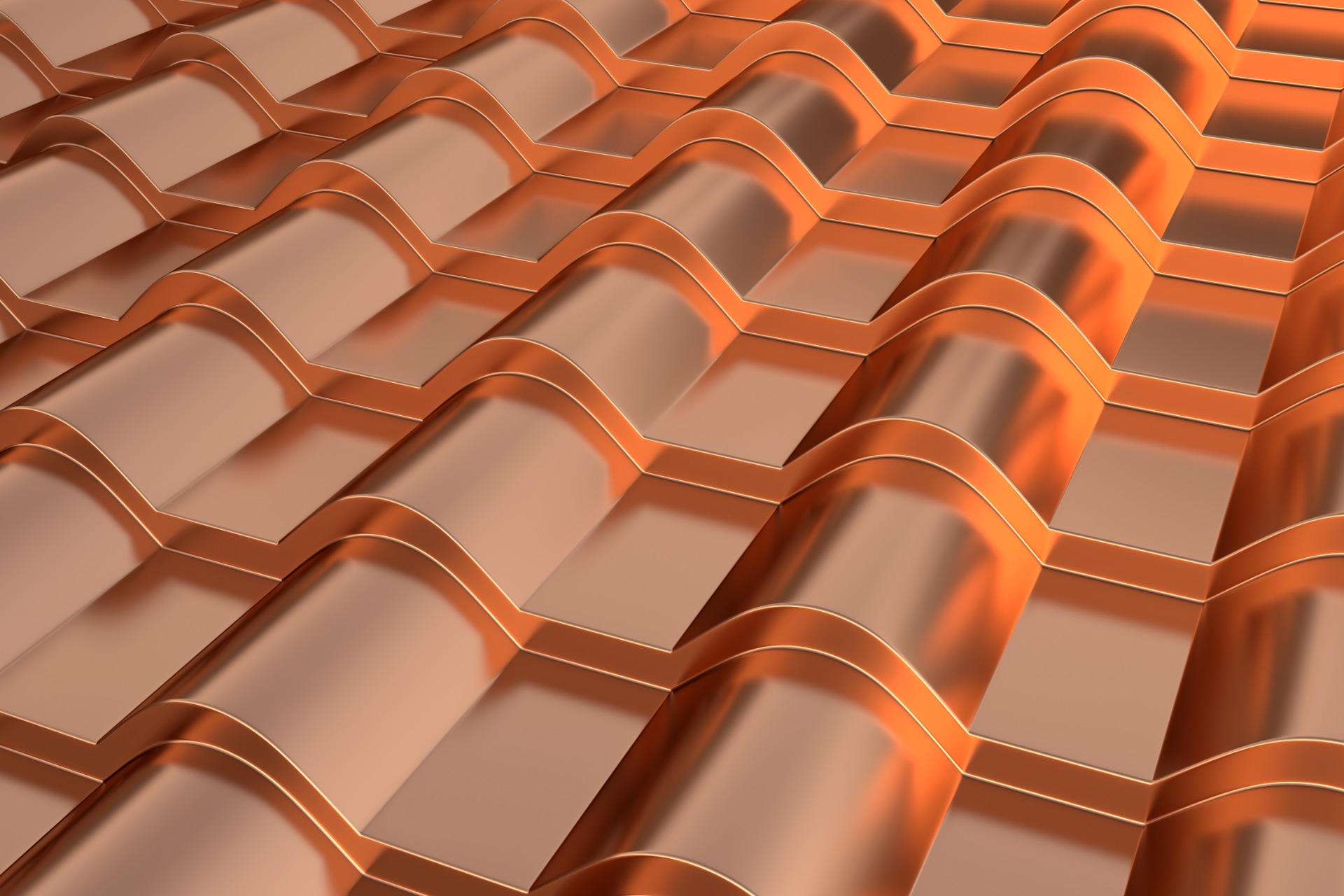
![]() TIP
TIP
By far the most common roofing material in the U.S. is asphalt or asphalt-impregnated fiberglass shingles. Fiberglass roofing is rated by the number of years it’s warranted for. Ring’s End carries a wide variety of fiberglass roofing shingles with a 25 year to lifetime guarantee. Additionally, Ring’s End stocks roll roofing systems for low pitch applications and wood roof shingles; we can also order copper roofing to meet your specifications.
How To Select Roofing for your Home

Style is certainly a key factor, but materials, cost, and durability are also important. Not all materials are practical for every roofing project: pitch, roof shape, and the strength of the supporting structure may rule out heavier roofing like wood or slate. Similarly, cost is determined not only by the price of materials but also by the complexity of installation and, if you are replacing a roof, the condition of the existing roof. Today’s roofing materials often come with impressive warranties; it’s important to read the warranty carefully, as there are different coverage definitions for factors like wind and sun damage or contractor workmanship. Some warranties are transferable, which can provide an attractive selling feature for prospective buyers.
